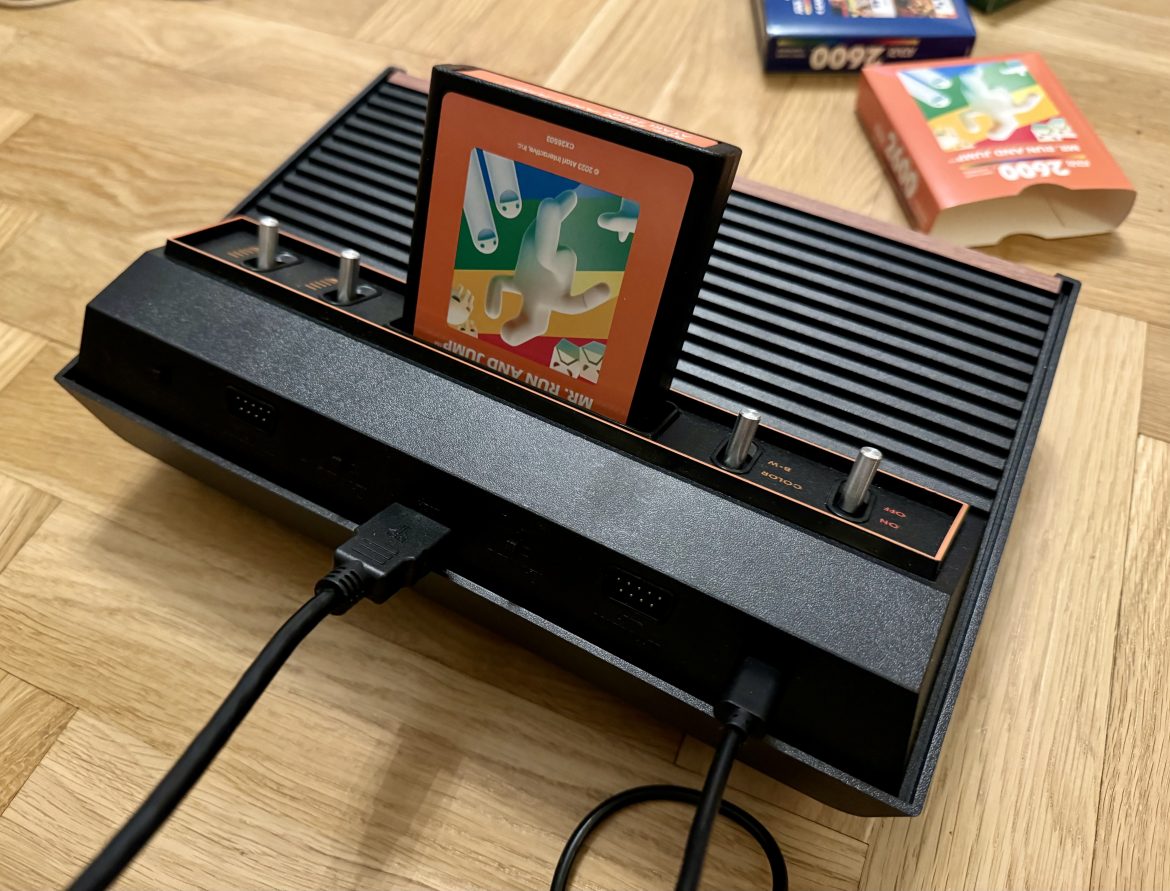TL;DR
The Atari 2600+ revives the iconic 1970s console with modern HDMI connectivity and a functional cartridge reader for original Atari 2600/7800 games. It boasts faithful retro aesthetics and includes a classic joystick and a 10-game cartridge, with additional games available separately. While technically sound and offering nostalgic gameplay for some classics, the limited inclusion of a single joystick and the potential cost of accessories might be drawbacks. Discover if this blast from the past is worth adding to your setup!
In 1977, a significant event occurred in the history of gaming: the release of the Atari 2600 home video game console. Prior to this, only three home consoles had seen limited success: Magnavox in 1972, Atari Home Pong in 1975, and the Fairchild Channel F (notable as the first with games on cassette) in 1976. The Atari 2600, arriving the following year, utilized cartridges like the early Nintendo 8-bit. However, it distinguished itself as the first widely popular home console to offer a library of games via interchangeable cartridges.
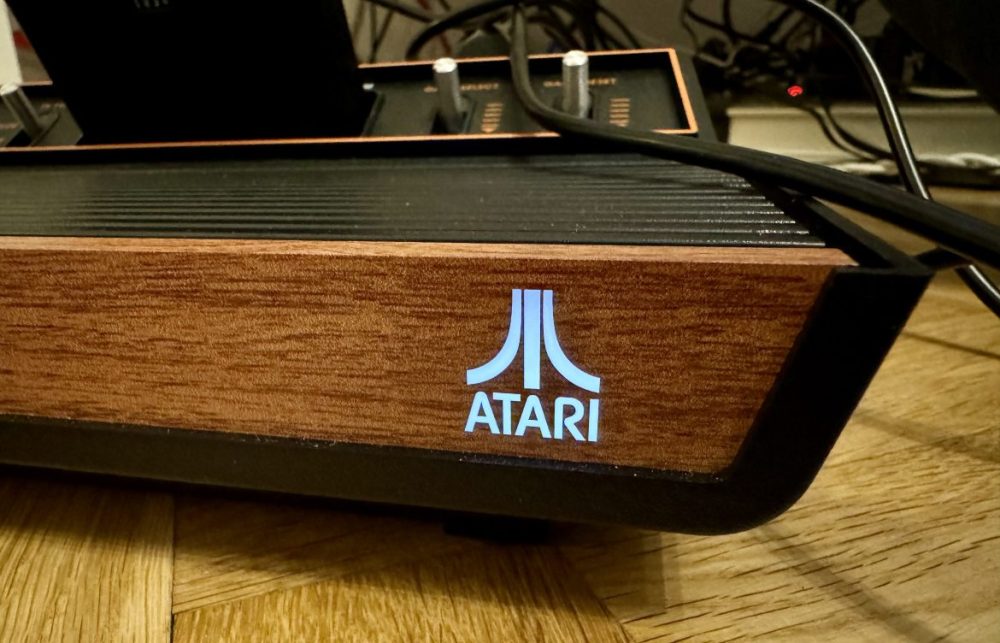
The mini-console trend gained momentum around 2016 with the NES Mini and has since led to the release of consoles such as the SEGA Mega Drive Mini, SNES Mini, and the A500 Mini. The Atari 2600+ presents a faithful recreation of the 1970s console, featuring the iconic brown color, switches, and levers, while incorporating modern connectivity via HDMI. A notable feature is its fully functional cartridge reader, compatible with both original Atari 2600 and 7800 cartridges.
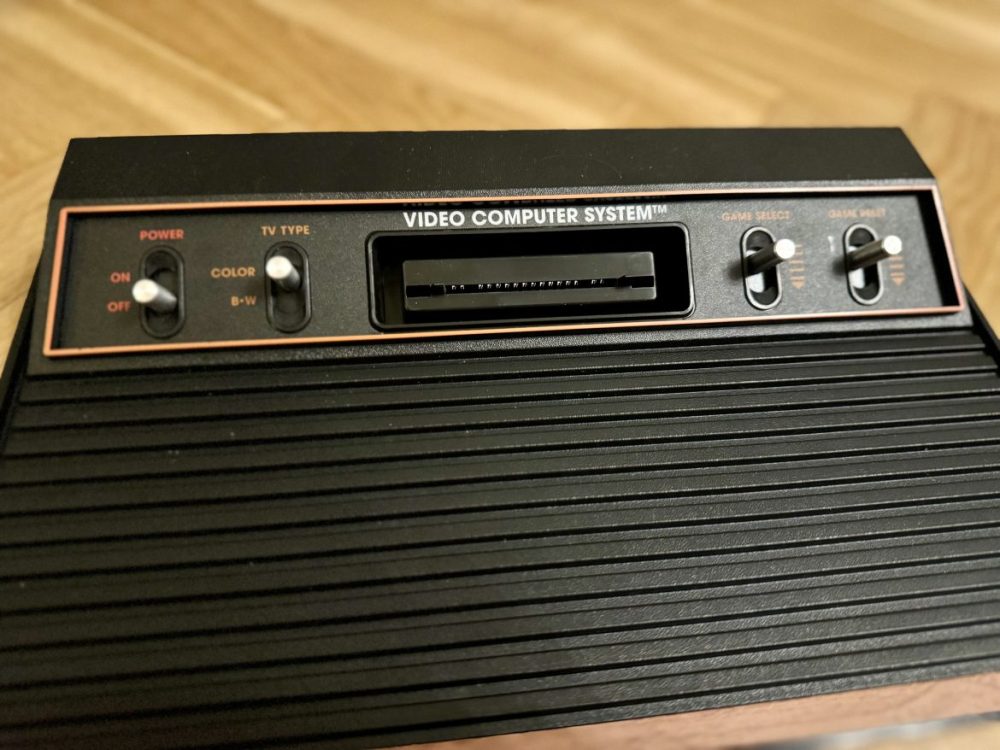
The package includes the classic CX40 joystick, a controller simultaneously lauded and criticized for its minimalist design reminiscent of the Tac 2. A cartridge containing ten games is also included. A significant drawback is the inclusion of only one CX40 joystick, which limits the playability of games requiring two players. This will be discussed further. Our press kit also included the “paddles” (CX30-based) with a rotary knob, ideally suited for “tennis” and games like Pong. These are available separately with a 4 games in 1 Cartridge bundle. Included cables are a USB-C cable for power (charger not included, compatible with standard USB chargers) and an HDMI cable. Notably, original Atari 2600 or 7800 controllers are compatible with the console. A feature many would have appreciated on the Amiga 500 Mini.
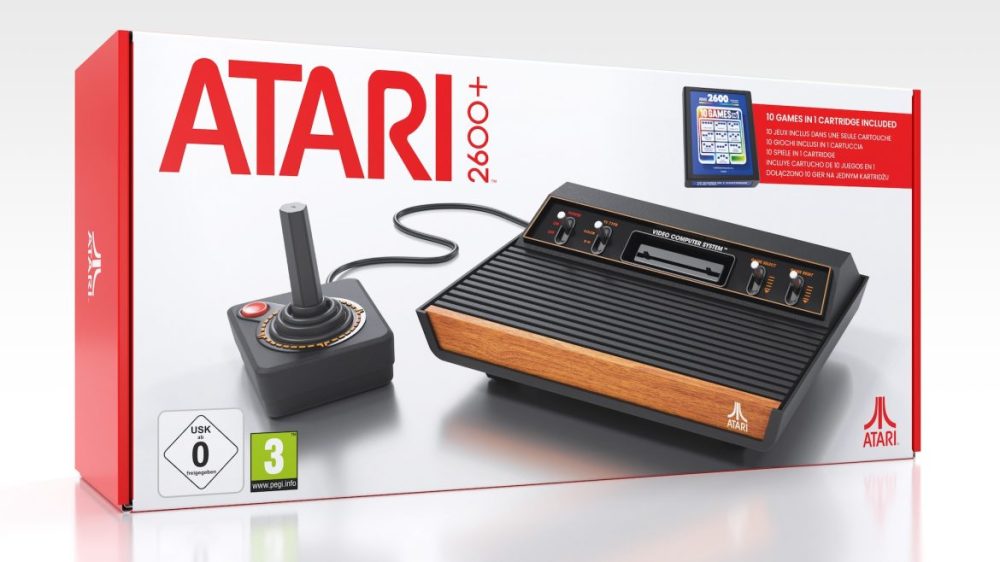
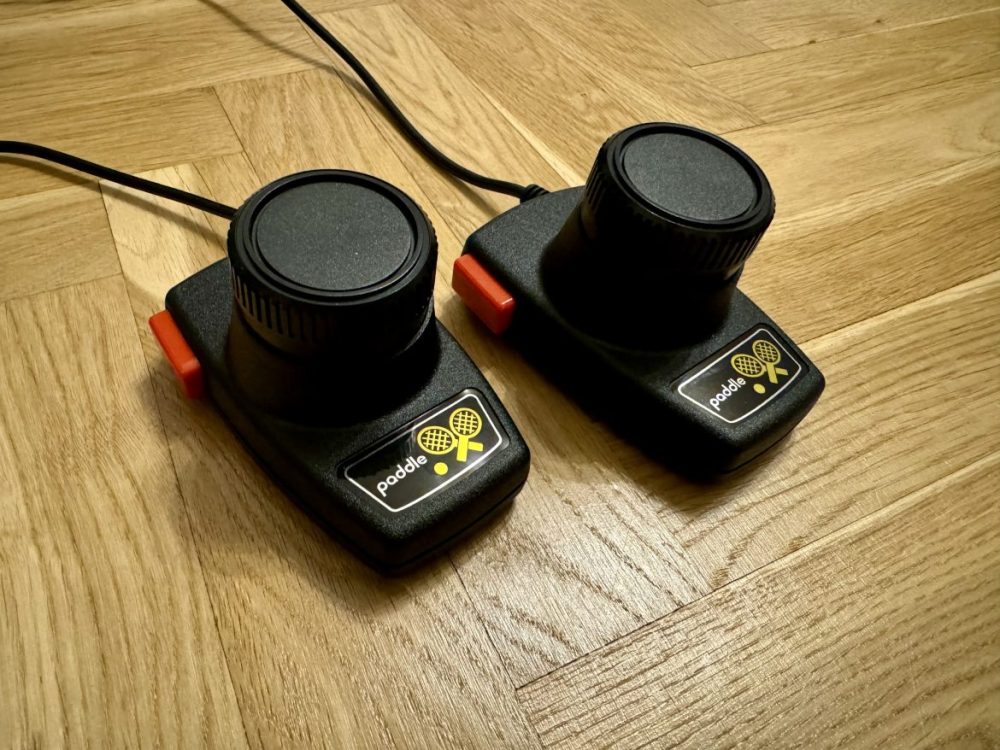
The console utilizes a modern ARM processor (SoC, Rockchip 3128) for accurate game emulation. This results in a short loading time upon boot, approximately 15 seconds. The system incorporates 256 MB of memory and 256 MB of storage, providing ample space for virtually every game ever released for the platform.

Reviewers of varying ages were assembled to evaluate this recreation of one of the earliest gaming consoles. The multi-cartridge includes: Adventure, Combat, Dodge ‘Em, Haunted House, Maze Craze, Missile Command, RealSports Volleyball, Surround, Video Pinball, and Yar’s Revenge. The 4 games in 1 Cartridge features Breakout, Canyon Bomber, Night Driver, and Video Olympics. Finally, separate cartridges are available for Berzerk and Mr. Run and Jump.

For multi-game cartridges, game selection is performed by adjusting the switches on the cartridge itself, guided by the label. In-game mode selection and starting the game are controlled via the metal levers on the console. Certain titles require two players, and the joystick cannot be substituted with a paddle in those instances. Acquiring an additional CX40 joystick can be challenging and costly. Given the premium nature of this console, including two controllers or ensuring their availability at a reasonable price point would have been preferable.
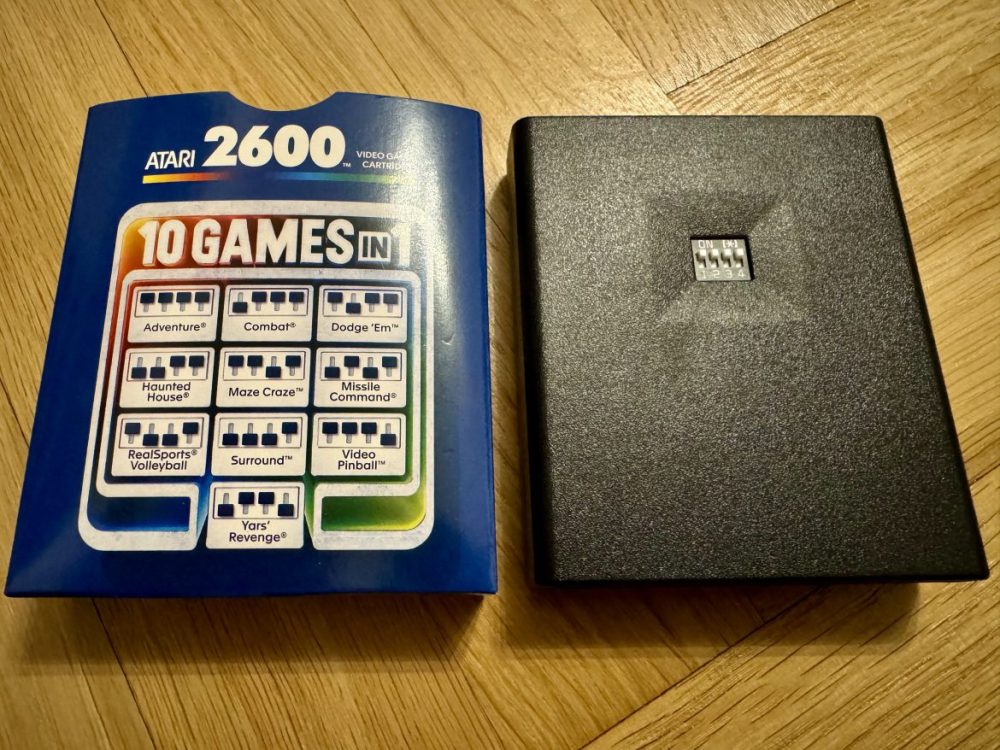
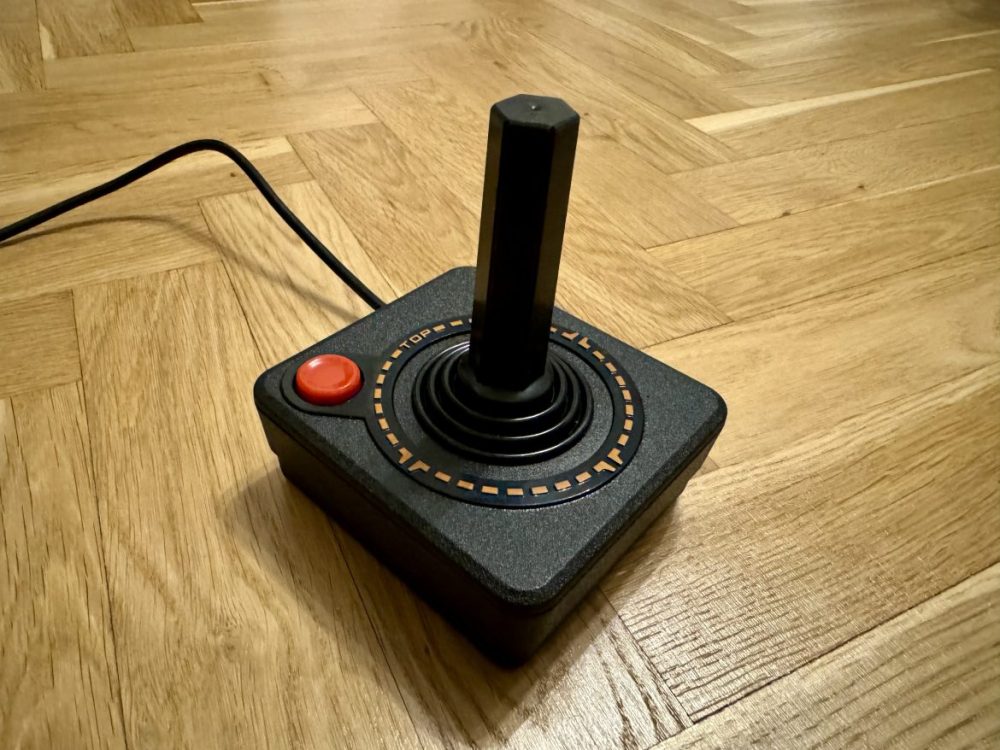
While simple, many of the games possess a unique charm. Younger players particularly enjoyed the straightforward gameplay of Mr. Run and Jump and the space shooter Berzerk. Despite the limited color palettes and simplistic graphics, the gameplay remains engaging. The direct playability allows players to overlook the rudimentary graphics and focus on achieving “one more try.” Some games feature improved sound, while others retain the classic, and potentially irritating, chip sounds that contribute to the console’s distinctive character. Video Olympics provides multiple variations of Pong, simulating football and hockey in a basic manner. RealSports Volleyball offered relatively advanced animations for its time.
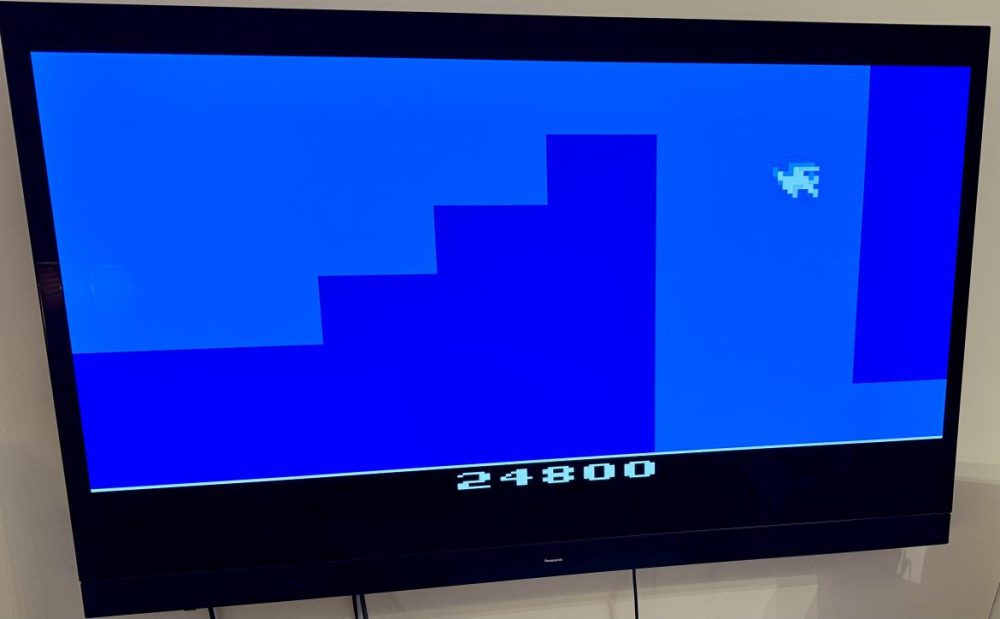
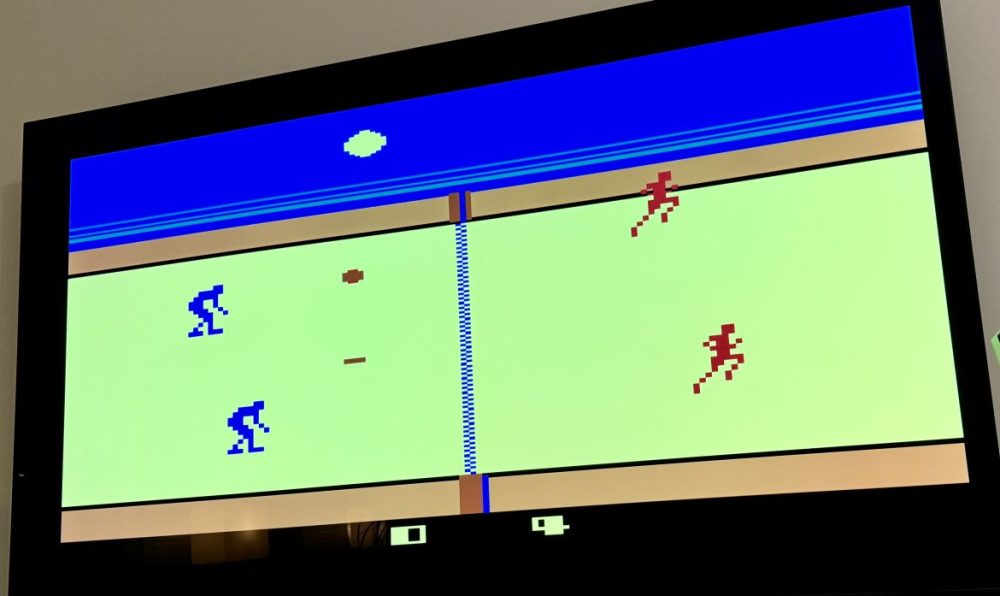
From a technical standpoint, the console performs admirably. It is well-built, aesthetically pleasing, and the ability to use original cartridges is a significant advantage, although acquiring them may require a premium. A common issue is the short cable length, a problem not unique to the Atari 2600+. A longer HDMI cable is recommended to facilitate comfortable gameplay from a suitable distance. Gaming setups have evolved significantly since the days of small monochrome monitors and limited cable lengths; modern setups often involve large displays, necessitating longer cables.
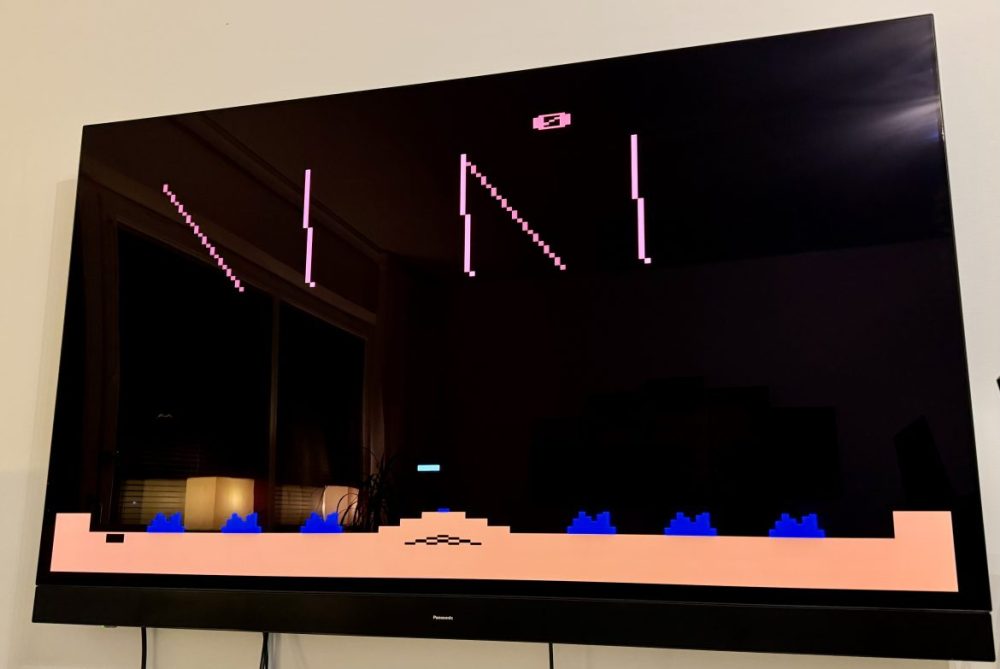
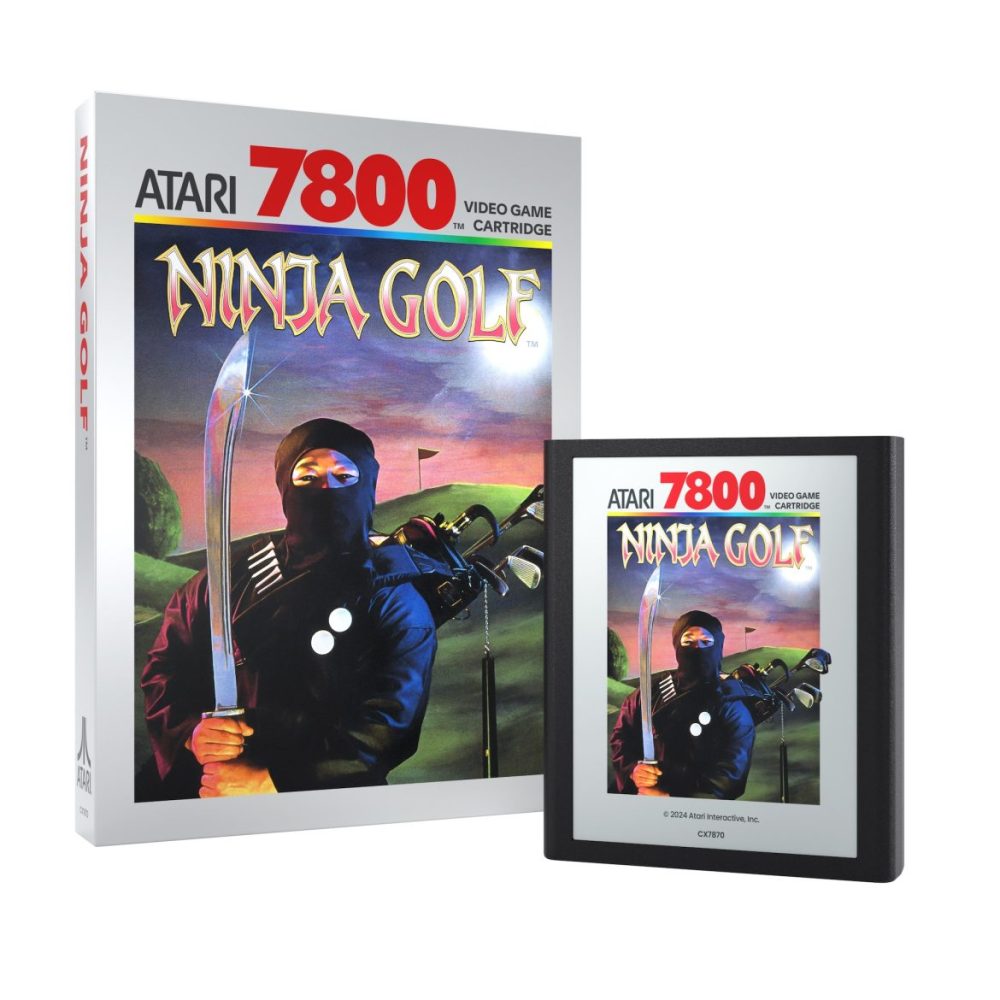
A more comprehensive manual would also be beneficial. Currently, understanding how to start and change modes in games relies on trial and error. While online resources exist, a physical pamphlet would enhance the collector’s item appeal. The action of pulling down the Game Reset lever to start a game lacks intuitive clarity.
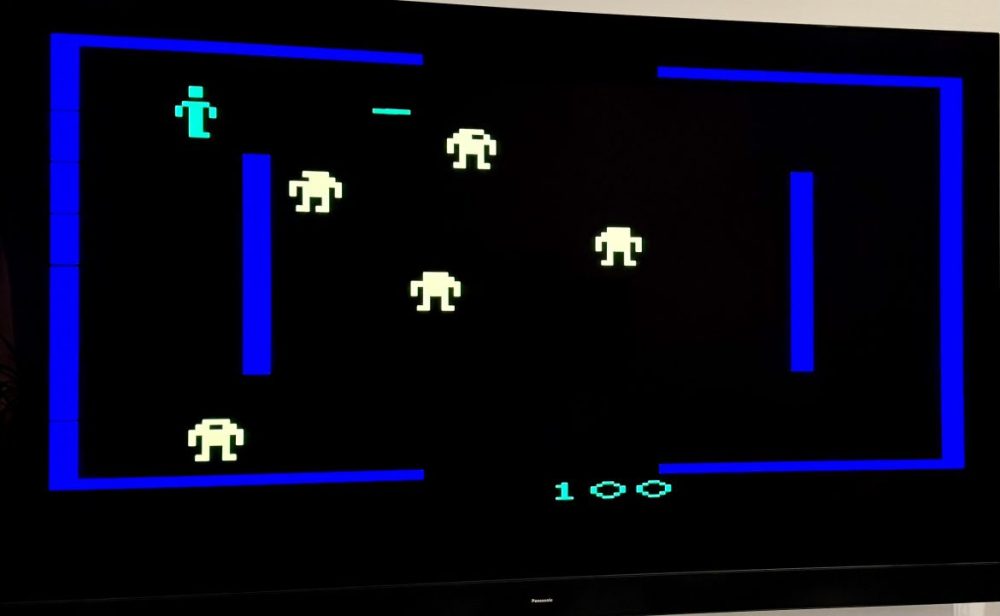
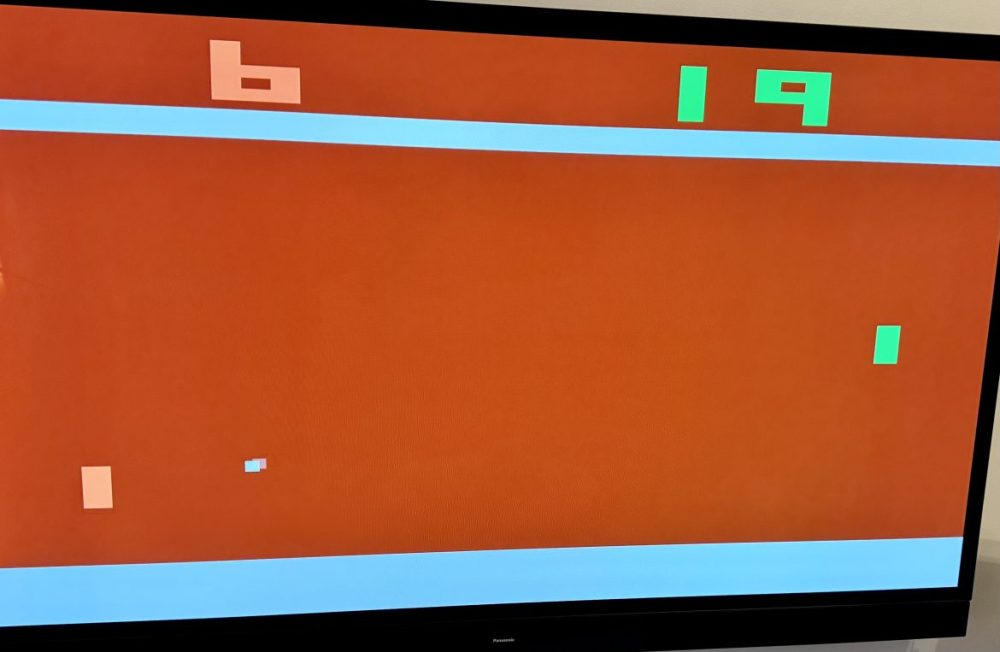
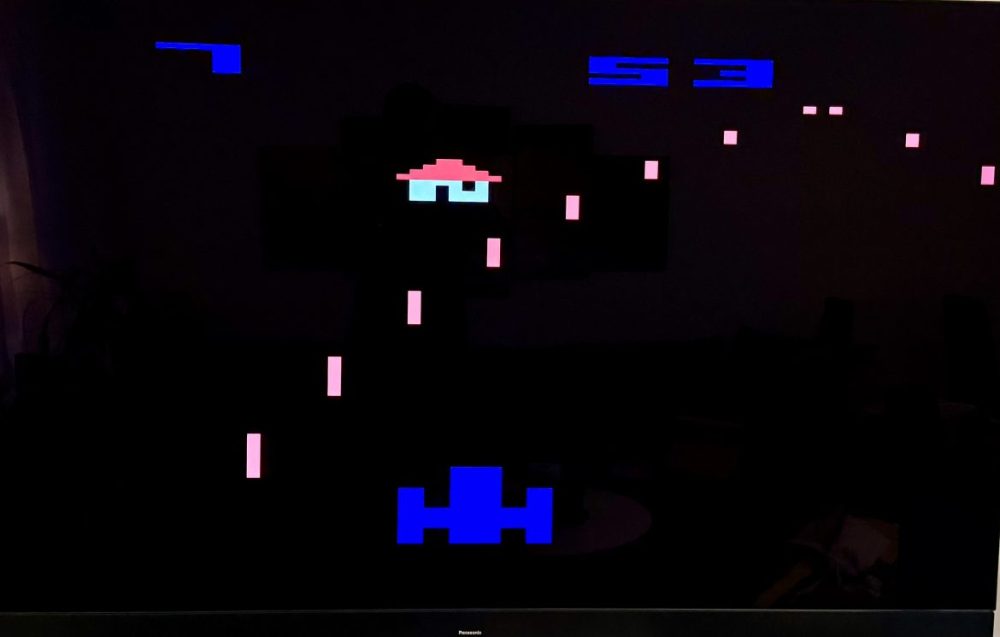
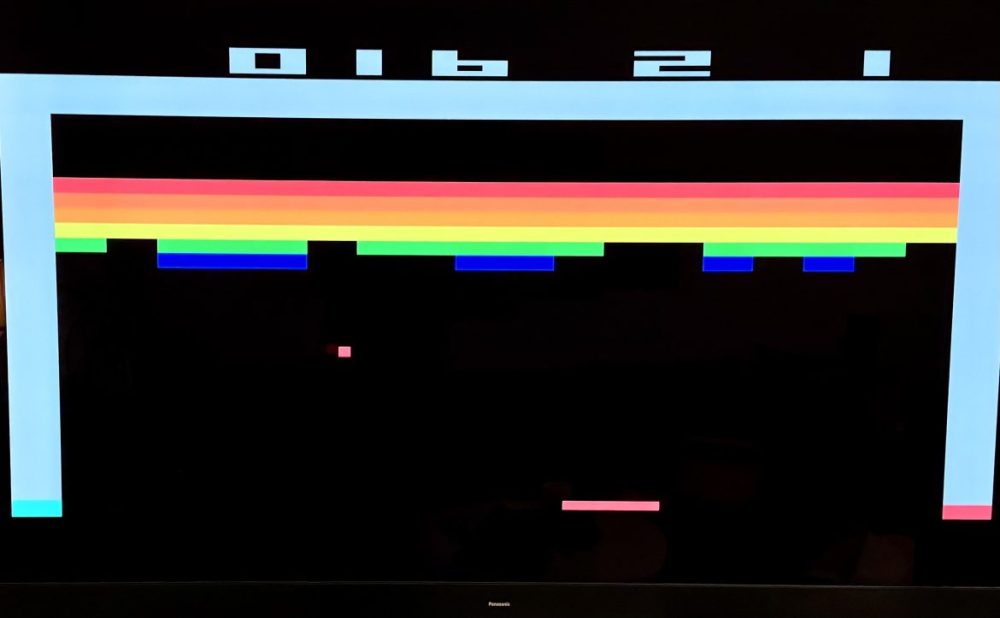
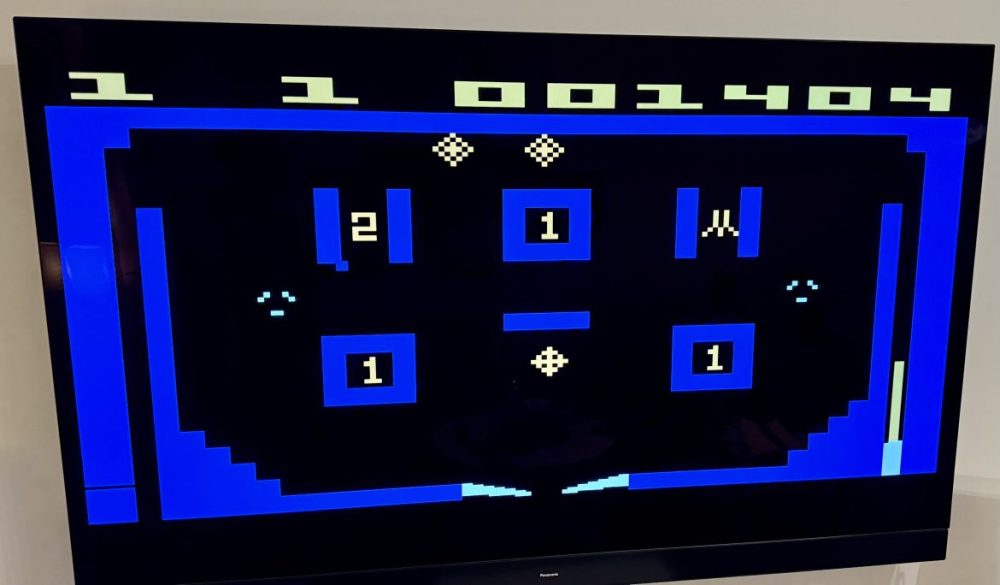
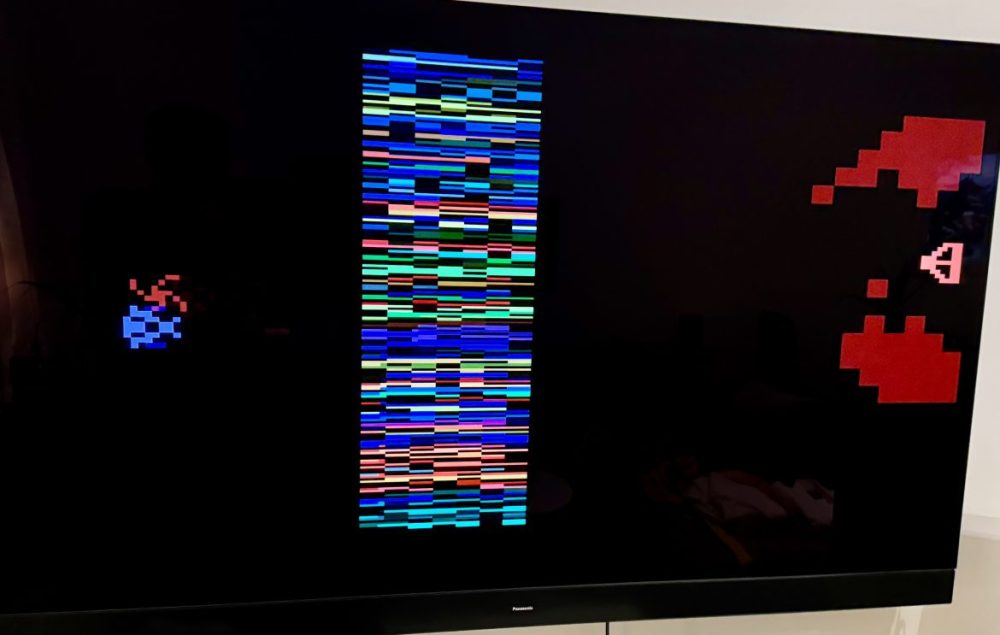
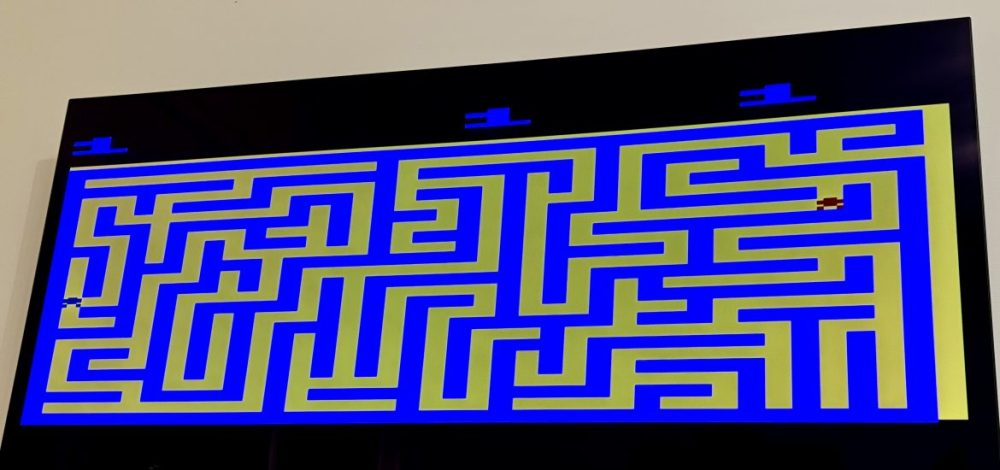
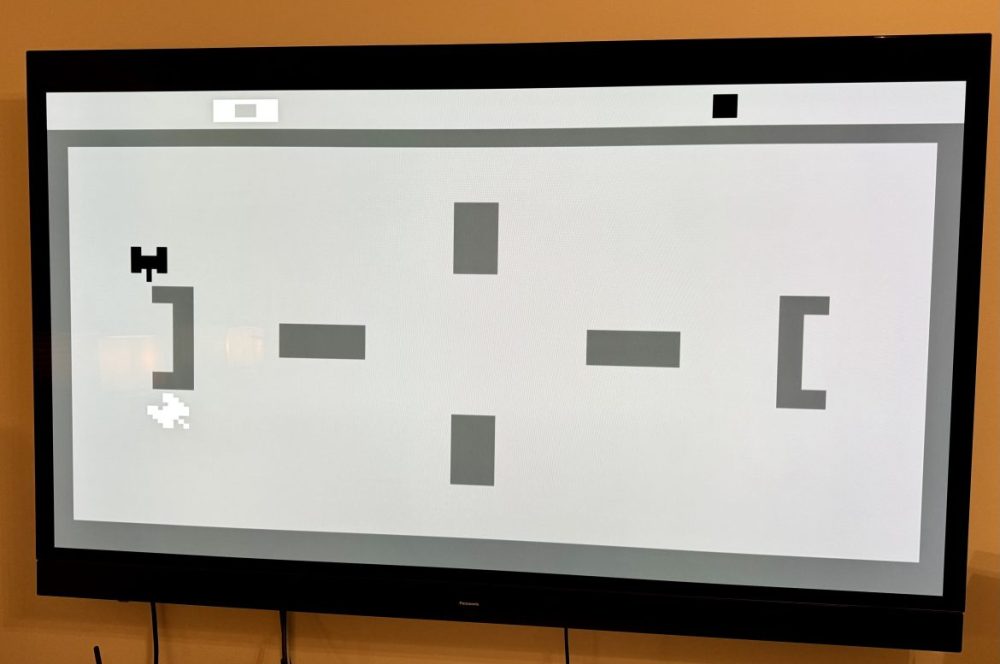
Ultimately, the value of the Atari 2600+ is subjective. For those who experienced the original console, this recreation offers a wave of nostalgia. Younger audiences may also find enjoyment in the simplicity and demand for precise timing found in some of the games. However, the cost must be considered. The base package, additional joystick, paddles, and extra games quickly approach the price of a Nintendo Switch. Furthermore, retailer support for the format appears uncertain, posing a challenge for its long-term viability. If obtaining games and accessories proves difficult, the system’s appeal will be limited. However, for those seeking a legitimate means of experiencing these classic games in a refined format, the Atari 2600+ offers a unique opportunity to revisit the origins of video games.
Now, the search for a CX40 joystick continues!
Plaion provided review units for this evaluation. The provision of review materials does not influence editorial content.
